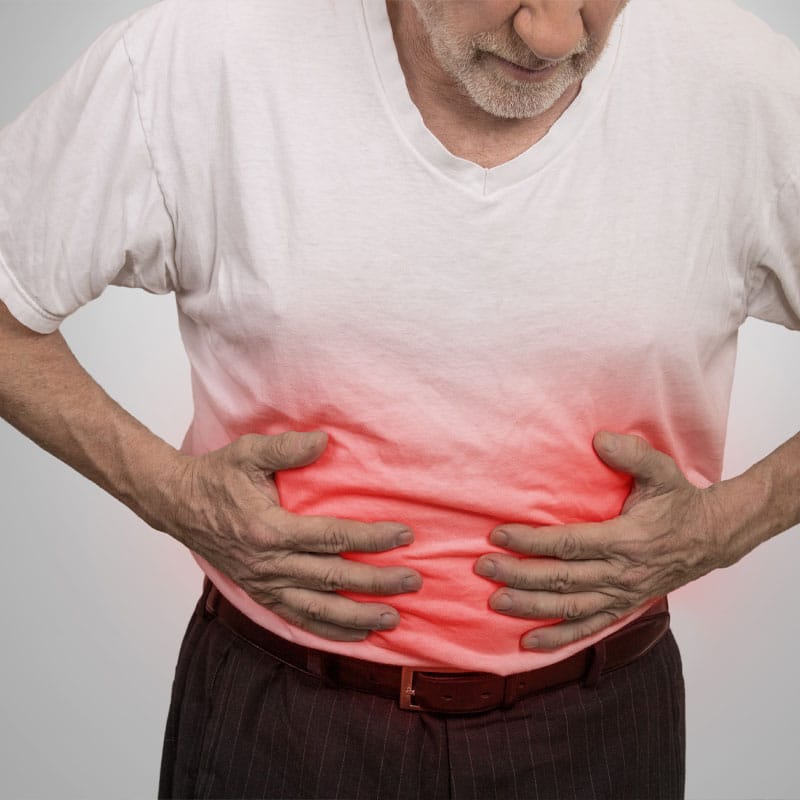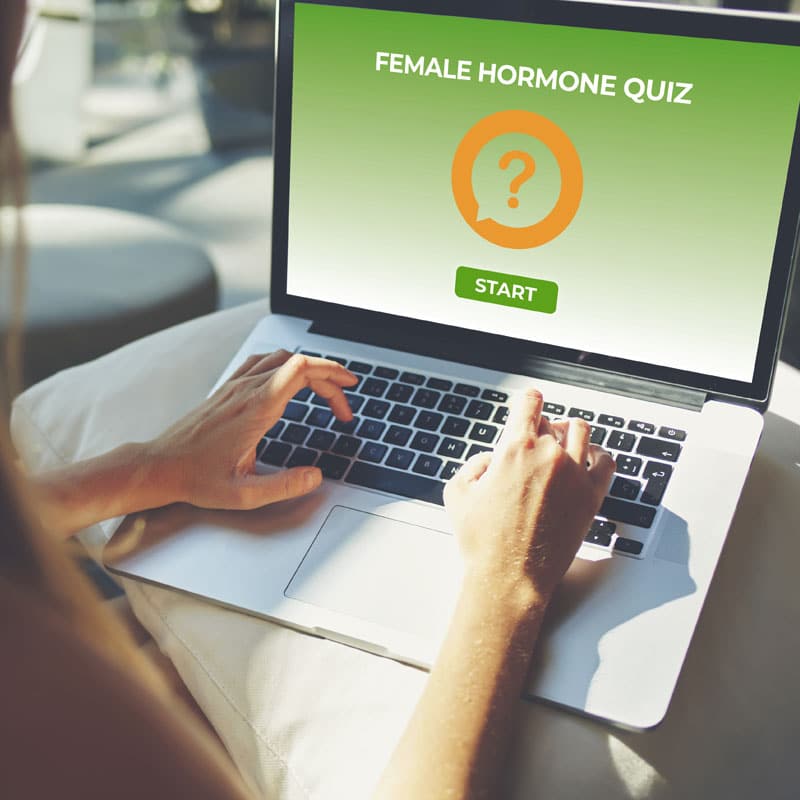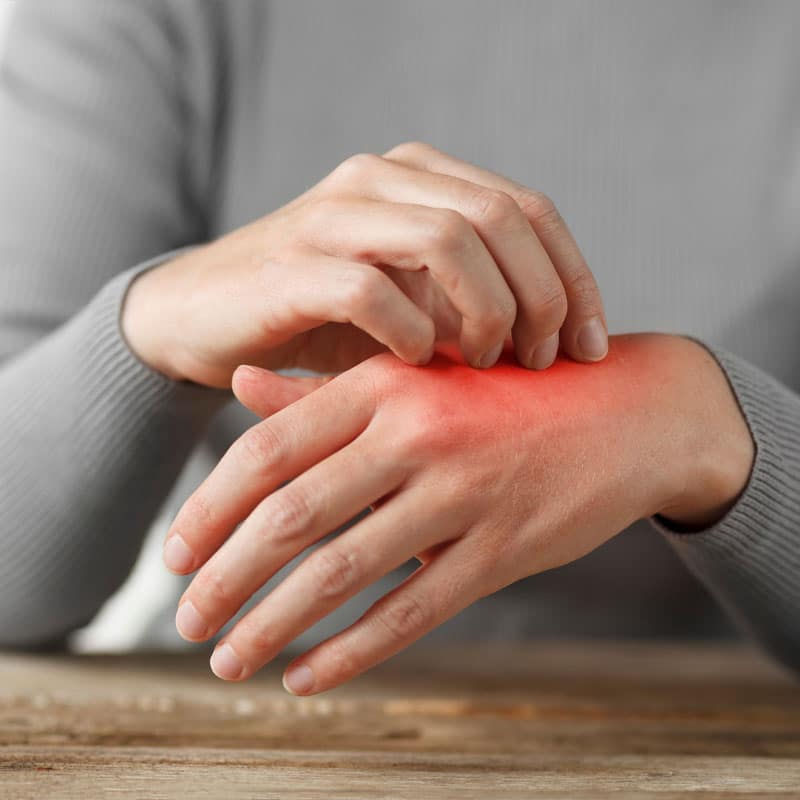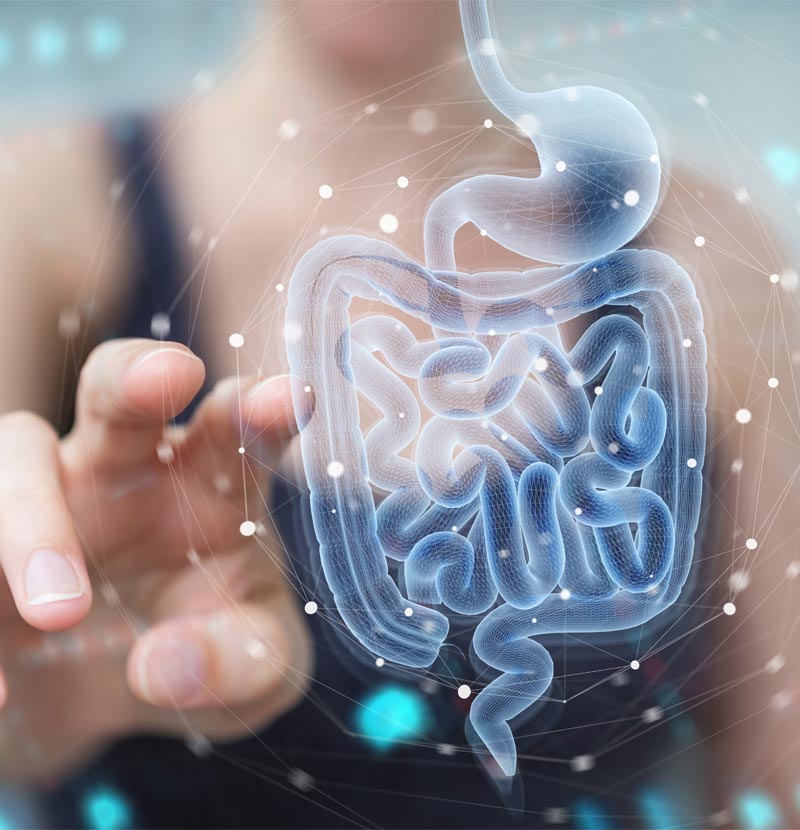Acute and Chronic Pain
Acute pain is a sharp sensation that happens in your body. This type of pain is meant to alert the sufferer that something isn’t right in the body and needs immediate attention. Chronic pain, on the other hand, continues for a long period of time and does not go away.
Approximately 20 percent of American adults suffer from chronic pain. It is defined as recurring or persisting pain that lasts longer than three months and is often resistant to pain medication; therefore, other treatments may be necessary to alleviate the pain. These methods include therapeutic massage, exercise (including stretching and strength training), physical therapy, and acupuncture.
Chronic pain is subjective. Sufferers can experience different types of pain such as:
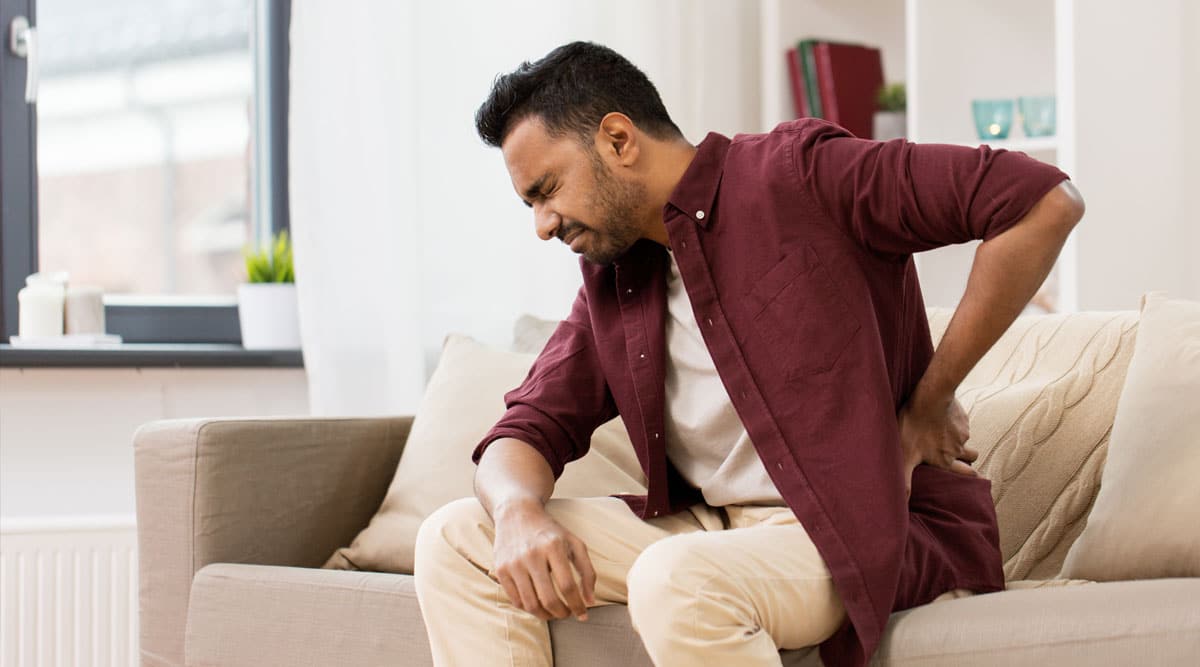
- Burning
- Discomfort
- Dull
- Electrical
- Pulsating
- Shooting
- Stabbing
- Stiffness
- Tender
- Throbbing
- Thudding
- Tightness
In addition to pain that does not go away, chronic pain can cause a number of other symptoms. These symptoms affect different areas of the body.
Depression
When you experience chronic pain, you are unable to do many of the things that you once enjoyed. Furthermore, sufferers often become depressed because no matter what they do to try to ease their pain, nothing seems to work. Over time, pain sufferers can develop a sense of hopelessness, fear, and anger. As depression sets in, sufferers will withdrawal and become even more isolated.
Fatigue
Fatigue is defined as a total lack of energy and no will to accomplish anything. Chronic pain is simply exhausting. Not only does your body need to work harder to counteract the effects of pain, but your mind is continually bombarded with negative thoughts. Furthermore, chronic pain can make it difficult to get to sleep and stay asleep, which can cause exhaustion and weakness throughout the body.
Sleeplessness
Many people with chronic pain experience insomnia. When you are in pain, it can be difficult to find a comfortable sleeping position. Throughout the night, the pain can make it difficult to stay asleep. The sufferer may roll over and experience severe pain.
Types of Chronic Pain
Let’s dive in and discover more information about the top six types of chronic pain.
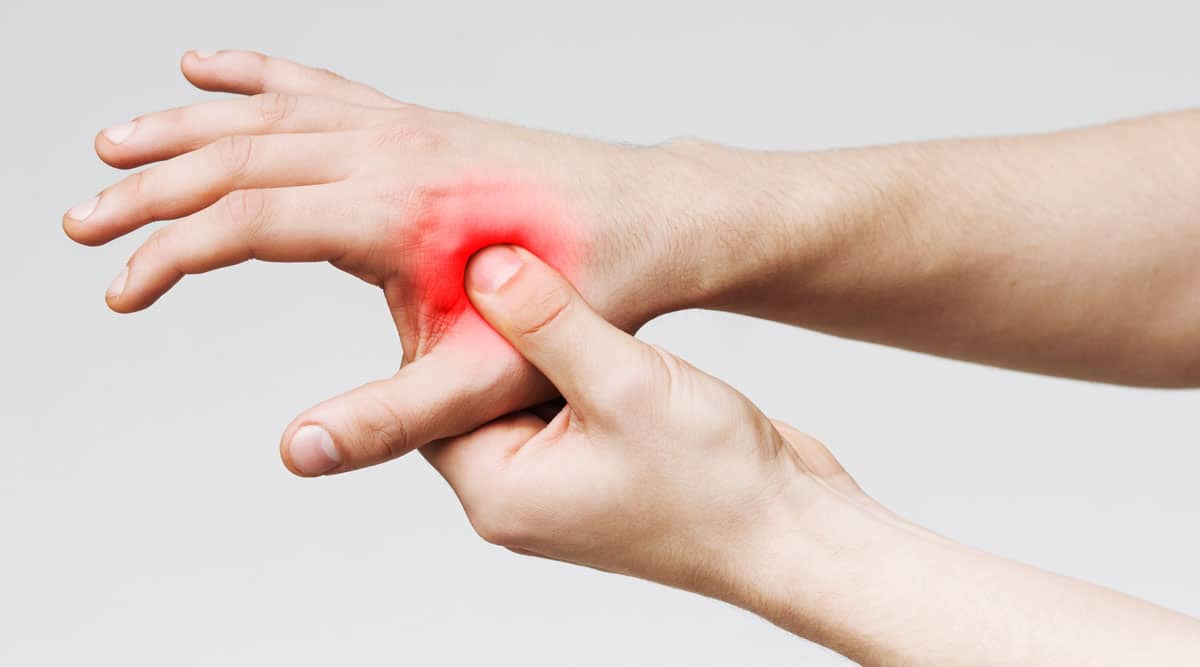
- Joint Pain – Joint pain affects millions of Americans each year. Joint pain can happen in any part of the joint, including the bone, muscles, ligaments, cartilage, or tendons. The pain can range from mild to severe. Oftentimes, joint pain occurs in the knees, shoulders, or hips. Chronic joint pain can be caused by overuse, osteoporosis, osteoarthritis, bursitis, injury, or gout. Typically, inflammation occurs with joint pain and can lead to swollen, red, stiff joints.
- Muscle Pain – Muscle pain can originate from any muscle in your body. The medical terminology for muscle pain is myalgia. Muscle pain can be described as burning, tearing pain, or dull, achy pain. In some cases, the pain can become so severe that it is debilitating. Muscle pain can be widespread, or it can be localized to one single muscle. Sufferers may experience weakness, fatigue, chills, fevers, depression, swelling, redness, and tenderness.
- Neuropathic Pain – Neuropathic pain is typically described as burning or shooting pain. The pain can come and go, or it can be severe and unrelenting. Neuropathic pain is caused by either a malfunctioning nervous system or nerve damage. There are numerous causes of neuropathic pain, including alcoholism, chemotherapy, diabetes, HIV, multiple myeloma, MS, shingles, or thyroid problems. Neuropathic pain can be described as tingling and numbness or shooting, burning pain.
- Prostate Pain – Prostatitis is caused by inflammation and swelling of the prostate gland. There are two types of chronic prostatitis – chronic bacterial prostatitis and chronic nonbacterial prostatitis. Both conditions cause chronic pelvic pain and frequent urination. Chronic bacterial prostatitis is caused by slow growing bacteria that typically begins with a urethral infection that proliferates and travels to a man’s prostate gland. Chronic nonbacterial prostatitis is not caused by bacterial infections. The cause of chronic nonbacterial prostatitis is unknown.
- Spinal Pain – Most people have experienced back pain from time to time. Chronic spinal pain persists for several months. There are many causes for spinal pain, including stiff shoulder, neck back and hip muscles, injuries from a trauma, or a medical condition. The most common reasons for chronic spinal pain are degenerative disc disease, herniated disc, spinal stenosis, and sciatica. Degenerative disc disease is an age related chronic condition that occurs when a disc in the spine begins to break down and cause pain. A herniated disc occurs when the disc is pushed out of place or begins to leak. Herniated discs cause nerve compression, tingling, weakness, and pain. Spinal stenosis is when the spinal canal narrows, which places pressure on the nerves in the back. Spinal stenosis can cause chronic back pain. Sciatica occurs when the sciatic nerve becomes irritated or compressed. Sciatica causes pain to shoot down one or both legs.
-
Looking for Pain Relief?
No matter the cause of your pain, our team of integrative pain doctors offer a variety of proven chronic pain management techniques to bring you pain relief. We offer the latest scientifically proven methods including functional medicine, osteopathic medicine, nutritional medicine and medical acupuncture to speed up healing, reduce inflammation, and relieve your pain.


